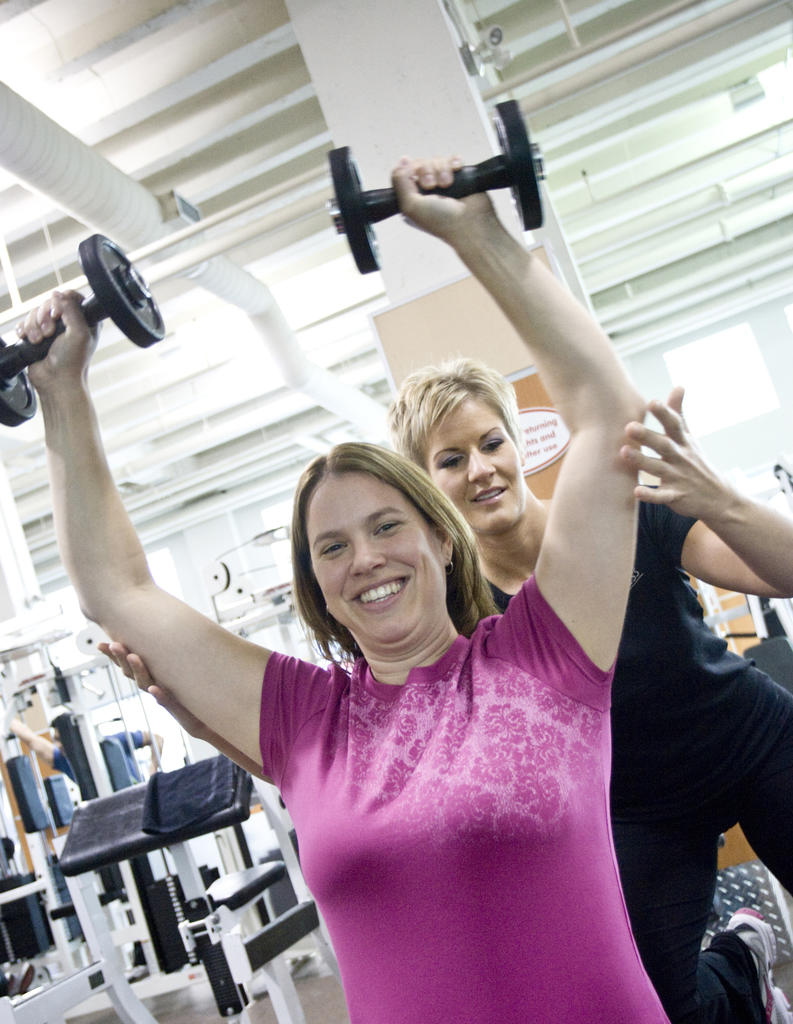Exercises to keep moving despite aging, health conditions
As spring gets underway, it’s time to get outside and be more active. But many people lack the strength or flexibility to get moving because they’ve been sedentary too long. Others face limitations because of health conditions, injury or age.
For most of us, flexibility decreases as the years go by and muscles get stiffer and shorter. Calling on a shortened muscle for activity puts you at risk for muscle damage, strains, and joint pain. Shortened muscles also increase your risk of falling and make it harder to do everyday activities.
Studies show adding less than an extra hour a week of moderate exercise can make a big difference in helping older adults stay mobile and reduce their risk of developing major mobility problems. Older adults who are most active are 77 percent less likely to develop a major mobility disability than those with the least activity.
For those affected by an accident or health condition, a temporary loss of mobility can be frustrating and impose significant lifestyle restrictions. This can lead to more mental and physical deterioration over time.
According to Kelly Musovic, personal training divisional manager with GoodLife Fitness, the right stretches and exercises can help improve mobility for most people with temporary mobility problems. And it’s never too late to start.
Mobility training (a combination of stretching and strength training) can help maintain, and build back, flexibility and muscle tone. It’s also the only way to build back the neural pathways that help muscles work efficiently. It can help improve posture and body awareness and alleviate 'everyday' aches and pains, as well as more serious back and knee pain, and even arthritis.
But Musovic says there are some basic principles for mobility training.
- Take a holistic approach. Build strength and endurance to support your body as it moves. If movement in your lower body is limited, think about what you can do with your core and upper body to support successful movement. Focus on proper alignment and form to build balanced strength, prevent injuries and overcompensation.
- Start gradually, perform exercises in a pain-free range. Modify your workout to your abilities by making your movements smaller, starting with little to no resistance, and doing fewer reps at the beginning.
- Work with a certified fitness professional to build and monitor a tailored exercise program that takes into account your abilities, health requirements and lifestyle factors.

Musovic adds there are a variety of low impact options that are effective at building flexibility and strength.
- Stretching for mobility is key to improving the range of motion of our joints and muscles by increasing awareness of how your body is meant to move. It can also assist in improving posture and therefore lowers risk of injury by improving form.
- Foam rolling is an excellent method that can be done daily to help ease muscle tension by improving blood flow to the area you are working on. Additionally, proper foam rolling can reduce inflammation, scar tissue and joint pain.
- Yoga, Pilates, and Tai Chi are all great options and have adaptations for limited mobility.
- Swimming and water aerobics are good to build cardio capacity while protecting joints.
- Walking on the treadmill or pedaling on the exercise bike are low impact options to build heart strength and muscle tone in a controlled way.
- Light weights help build strength and bone density while you limber up your joints and coordinate your movements. Seated bicep curls and overhead presses are great ways to strengthen arms and shoulders.
